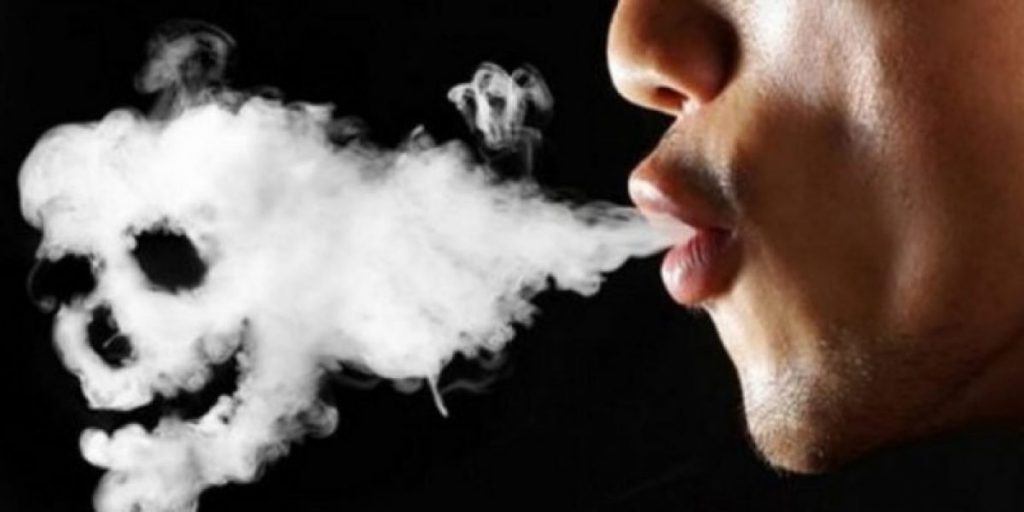Introduction
Whiskey, often referred to as “liquid gold,” is a distilled alcoholic beverage that has captivated the palates of connoisseurs for centuries. Its rich blanton’s takara gold, diverse varieties, and complex flavors make whiskey a timeless and revered spirit. In this article, we will explore the origins of whiskey, the different types available, the art of whiskey-making, and the culture surrounding this exquisite drink.
The Origins of Whiskey
The origins of whiskey can be traced back to ancient times, with early records suggesting its presence in Ireland and Scotland. The word “whiskey” itself is derived from the Gaelic term “uisce beatha,” meaning “water of life.” Over the centuries, whiskey-making techniques evolved and spread across Europe, eventually making their way to the United States.
Types of Whiskey
There are several types of whiskey, each distinguished by its ingredients, production methods, and regional characteristics. Some of the most well-known varieties include:
- Scotch Whisky: Hailing from Scotland, Scotch whisky is renowned for its diversity and adherence to tradition. It can be further categorized into single malt, single grain, blended malt, blended grain, and blended Scotch whisky.
- Irish Whiskey: Known for its smoothness and approachability, Irish whiskey is typically triple-distilled for a purer spirit. Examples include single malt, single pot still, and blended Irish whiskey.
- Bourbon: Originating in the United States, bourbon is a type of whiskey with specific legal requirements. It must be made from a grain mixture containing at least 51% corn, aged in new charred oak barrels, and distilled to no more than 160 proof.
- Rye Whiskey: Rye whiskey, prevalent in both the United States and Canada, is made from a mash containing at least 51% rye. It offers a spicier and more robust flavor profile compared to bourbon.
- Japanese Whisky: Japan has gained international acclaim for its exceptional whiskies. Drawing inspiration from Scotch traditions, Japanese whisky often exhibits a delicate balance of flavors.
The Art of Whiskey-Making
Crafting whiskey is a meticulous and intricate process that involves various stages, from fermentation to aging. The key steps include:
- Malting: Barley is soaked in water, germinated, and then dried to create malt. This malt is crucial for the production of certain types of whiskey.
- Mashing: The malt is mixed with hot water to extract sugars, creating a sweet liquid called wort.
- Fermentation: Yeast is added to the wort, initiating fermentation and producing alcohol.
- Distillation: The fermented liquid is distilled to separate alcohol from impurities, resulting in a high-proof spirit.
- Aging: The distilled spirit is then aged in wooden barrels, usually oak, allowing it to develop its unique flavors and characteristics over time.
Whiskey Culture
Whiskey has a culture all its own, from the intimate experience of savoring a dram to the rituals of whiskey tasting events. Enthusiasts often engage in discussions about tasting notes, pairings, and the merits of different distilleries. Whiskey bars, distillery tours, and festivals provide platforms for aficionados to explore new expressions and deepen their appreciation for this venerable spirit.
Conclusion
Whiskey stands as a testament to the artistry and craftsmanship that goes into creating a spirit that transcends time and borders. Whether sipped neat, on the rocks, or as part of a carefully crafted cocktail, whiskey continues to be a symbol of refinement and tradition. As we raise our glasses to the complex and alluring world of whiskey, we celebrate not just a drink, but a legacy that has been distilled through centuries of passion and expertise.




